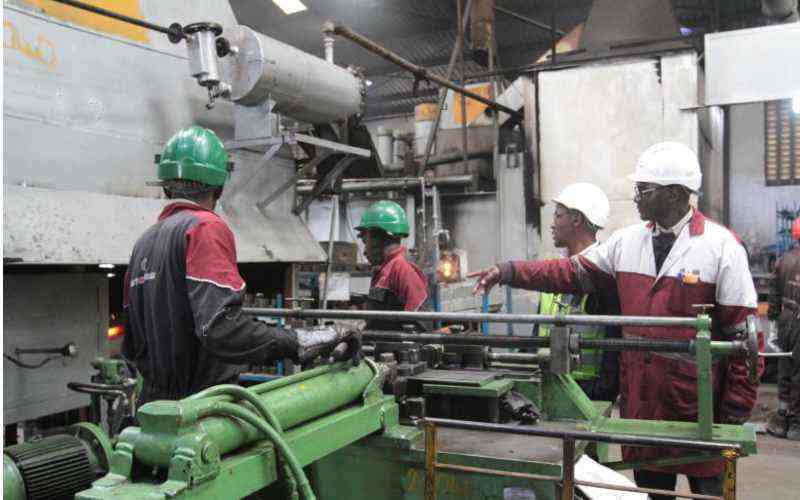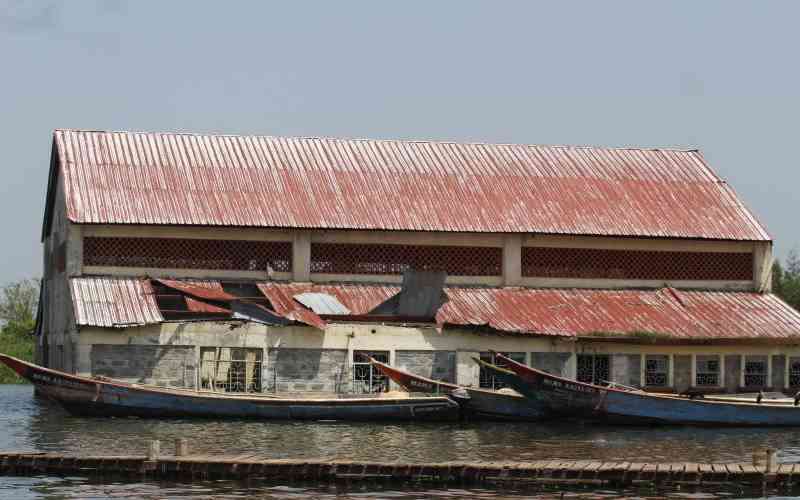The number of Charitable Children Institutions (Children Homes) in Kenya has been on a steady rise in recent years. A 2012 Save the Children report estimated the number of registered children homes in Kenya to be 701 holding a total of 43,286 children. Furthermore, The Department of Children Services had estimated that the number of children in these institutions had risen from 10,568 children in 2004 to 40,506 children in 2010. This coupled with the fact that of most these entities that are mushrooming left, right and centre are not registered or regulated as per the provisions of the Children Act of 200, means that the number of children in these institutions is much higher than these stated figures.
The United Nations Convention on the Rights of the Child (UNCRC) and The African Charter on the Rights and Welfare of the Child (ACRWC) both of which Kenya has accented to and domesticated through the Children Act of 2001, emphasize that the ideal setting for a child to grow in is a family or at least a community setting. Moreover, research has demonstrated that long term institutionalization of children has negative effects on their growth and development. Children homes do not facilitate an environment where children can develop attachment to a significant adult or caregiver as the case would be in a family environment. The consequences of this lack of attachment to the children include poor cognitive development, poor moral development, lack of empathy, autistic tendencies, self-stimulation and self-harming behaviour amongst others.
In addition, the lack of a clear government policy coupled with low public awareness on the role and place of these children homes in the child care structure in Kenya has resulted in a scenario where the homes have become part of the problem they were designed to solve. In deed these homes were never designed to be a permanent or long term solution to the problem of Orphaned and Vulnerable Children (OVC), but rather a stop gap measure as arrangements are made to reintegrate the children back to their families or place them in adoptive or foster families. The scenario as its playing out currently is that the homes have turned into centres where children spend all their childhoods. Some of them have gone to the extent of recruiting children from poor backgrounds with the promise of good life and education being too luring for hapless parents to reject. The result is the development of a culture where poor children and orphans belong in children homes.
Family members will hastily give away orphans even when they are capable of taking care of them. In this arrangement, the children homes are precipitating the problem which they were supposed to solve. They have become a catalyst for the breakdown of traditional kinship ties that ensured that orphans were taken in by a relative after the demise of their parents and also become a barrier for the placement of these children in foster and adoptive families.
Data available indicate that there are approximately 3.6 million Orphaned and Vulnerable Children in Kenya, 2.4 million of who are orphans. Taking into consideration the number of children estimated to be in children homes and those in the streets who are estimated in the range of 300,000, it’s therefore clear that approximately 3.2 million orphaned and vulnerable children are still living within their extended families and communities. If the current wave of opening up and the functioning of children homes is not checked, we risk having all these children streaming into the homes, obviously to the detriment of their development. It’s time that we focused all our attention on these who are still in the communities and prevent by all means their institutionalization. This would mean devoting more of our resources in supporting families that take care of these children as opposed to visiting children homes. This does not mean completely ignoring those already in the homes but insisting on them being reintegrated back to their communities and being supported from there or being placed in foster or adoptive families.
 The Standard Group Plc is a
multi-media organization with investments in media platforms spanning newspaper
print operations, television, radio broadcasting, digital and online services. The
Standard Group is recognized as a leading multi-media house in Kenya with a key
influence in matters of national and international interest.
The Standard Group Plc is a
multi-media organization with investments in media platforms spanning newspaper
print operations, television, radio broadcasting, digital and online services. The
Standard Group is recognized as a leading multi-media house in Kenya with a key
influence in matters of national and international interest.
 The Standard Group Plc is a
multi-media organization with investments in media platforms spanning newspaper
print operations, television, radio broadcasting, digital and online services. The
Standard Group is recognized as a leading multi-media house in Kenya with a key
influence in matters of national and international interest.
The Standard Group Plc is a
multi-media organization with investments in media platforms spanning newspaper
print operations, television, radio broadcasting, digital and online services. The
Standard Group is recognized as a leading multi-media house in Kenya with a key
influence in matters of national and international interest.





